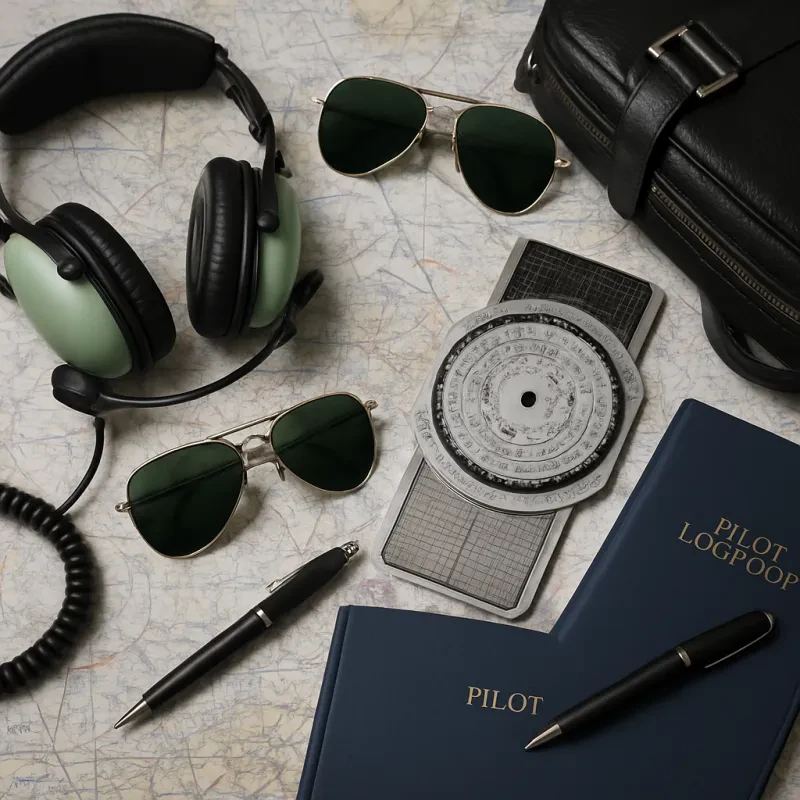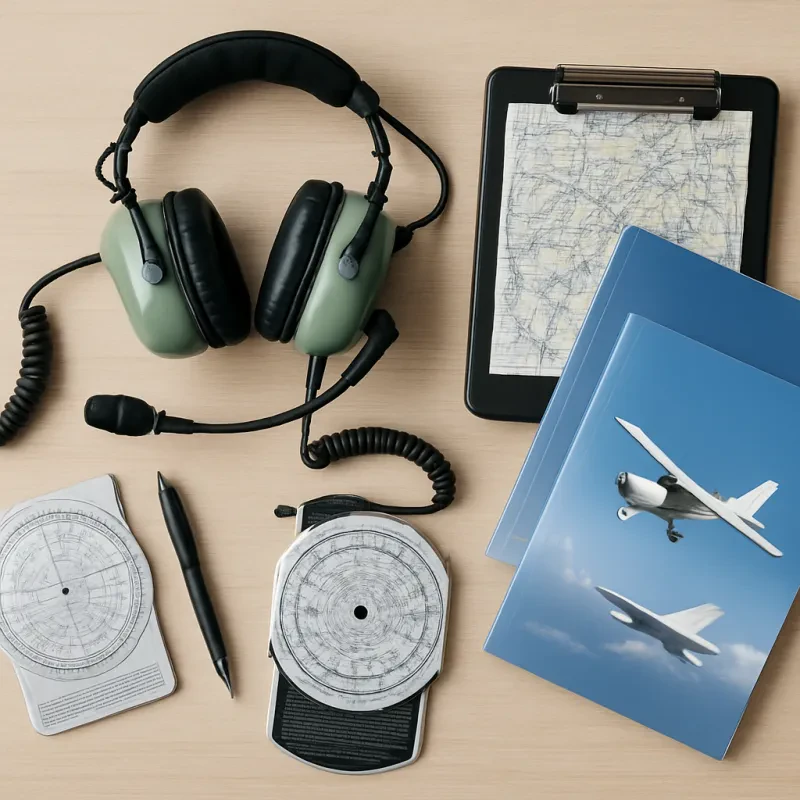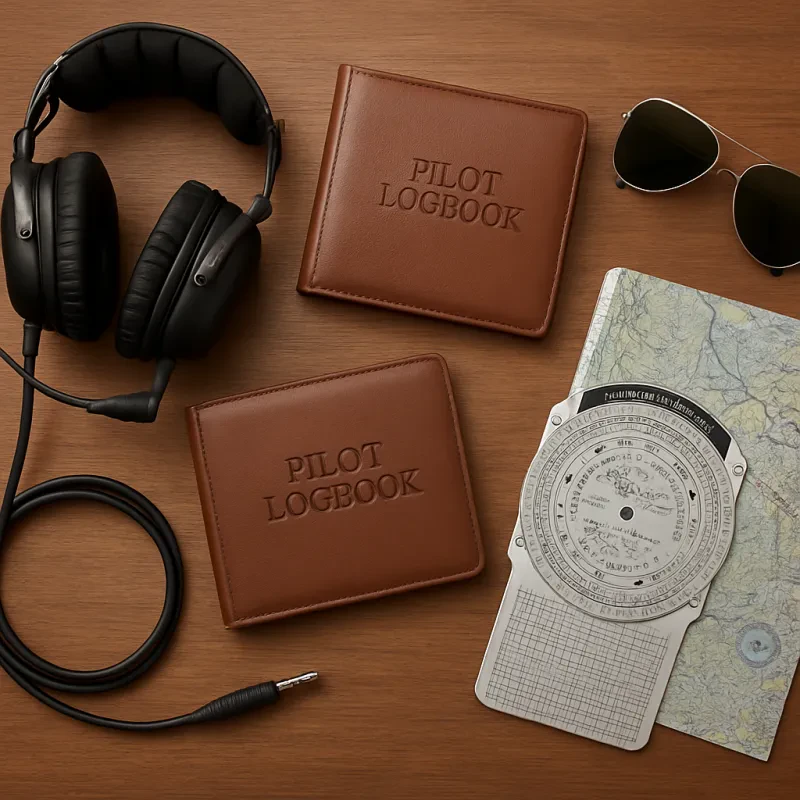In the fast-paced world of aviation, clear communication is key to ensuring safe and efficient flights. Pilots rely on effective communication not only with air traffic control, but also with their co-pilots and crew members. One essential piece of gear that helps facilitate this communication is a high-quality headset.
A good headset is more than just a set of earphones and a microphone - it is a tool that can make all the difference in a high-pressure cockpit environment. A headset designed specifically for pilots can help reduce background noise, ensuring that important messages are heard loud and clear. Additionally, many headsets come with noise-cancelling technology that can help reduce fatigue by blocking out the constant drone of the engines.
When choosing a headset, pilots should look for features such as comfortable ear cushions, a flexible microphone boom, and easy-to-use volume controls. Some headsets even come equipped with Bluetooth technology, allowing pilots to connect to multiple devices and make hands-free calls. Ultimately, investing in a quality headset is a small price to pay for the peace of mind that comes with knowing you can communicate effectively in any situation.
Flight Bags to Keep Organized
Flight bags are a crucial accessory for any pilot looking to stay organized in the cockpit. With all the necessary gear and paperwork required for a successful flight, a well-equipped flight bag can make all the difference in ensuring a smooth and efficient operation.
When it comes to choosing the right flight bag, there are a few key features to keep in mind. Look for a bag with multiple compartments and pockets to keep things organized and easily accessible. A padded laptop sleeve can also come in handy for keeping your electronic devices safe and secure during flight.
Keeping your aviation headset and other sensitive equipment protected is essential, so opt for a flight bag with a durable and water-resistant exterior. Additionally, a bag with a padded shoulder strap or backpack-style straps will help distribute weight evenly and ensure your comfort during long flights.
From logbooks to charts and navigational tools, pilots have a lot of gear to keep track of. A well-organized flight bag can make all the difference in ensuring that you have everything you need at your fingertips when you're in the air. So invest in a quality flight bag that suits your needs and make organization a priority on your next flight.
Electronic Flight Computers for Navigation
There are many tools that can help pilots navigate safely through the skies, but one of the most essential pieces of gear is an electronic flight computer. These devices are designed to provide pilots with quick and accurate calculations for things like airspeed, heading, altitude, and fuel consumption. With the touch of a few buttons, pilots can determine their position relative to other aircraft, airports, and waypoints, making it easier to stay on course and avoid potential hazards.
One of the key benefits of electronic flight computers is their ability to perform complex calculations in a matter of seconds. This can be particularly useful during times of high stress or when unexpected weather conditions arise. Many models also come equipped with additional features like GPS integration, which can provide real-time updates on the aircraft's position and help pilots navigate through challenging terrain or restricted airspaces.
In addition to their navigation capabilities, electronic flight computers can also help pilots track important flight information, such as fuel levels, engine performance, and weather conditions. By inputting the relevant data, pilots can quickly assess the overall health of the aircraft and make informed decisions about the best course of action. These devices can be a valuable tool for both experienced pilots and those who are just starting out, helping to ensure a safe and efficient flight from takeoff to landing.
Aviation Charts for Safe Planning
One of the most essential tools for every pilot is a set of reliable aviation charts. These detailed maps provide crucial information about airspace, terrain, navigation aids, and important landmarks. Pilots use these charts to plan their routes, navigate during flights, and ensure safe landings. Having up-to-date charts is key to a successful and safe flight.
There are several types of aviation charts available, each serving a specific purpose. Some common types include sectional charts, which provide detailed information about a specific region, and terminal area charts, which cover busy airports and their surrounding areas. Pilots also use enroute charts for navigation between different airports, and approach charts for landing at specific runways. By having access to these charts, pilots can confidently navigate through various airspaces and weather conditions.
In addition to traditional paper charts, many pilots also use electronic flight bags (EFBs) to access digital versions of aviation charts. EFBs offer additional features such as real-time weather updates, route planning tools, and in-flight navigation capabilities. While paper charts are reliable backups in case of electronic failure, EFBs provide pilots with convenience and efficiency in managing their flight information. Whether using paper or digital charts, pilots must be proficient in reading and interpreting these essential tools for a safe and successful flight.


